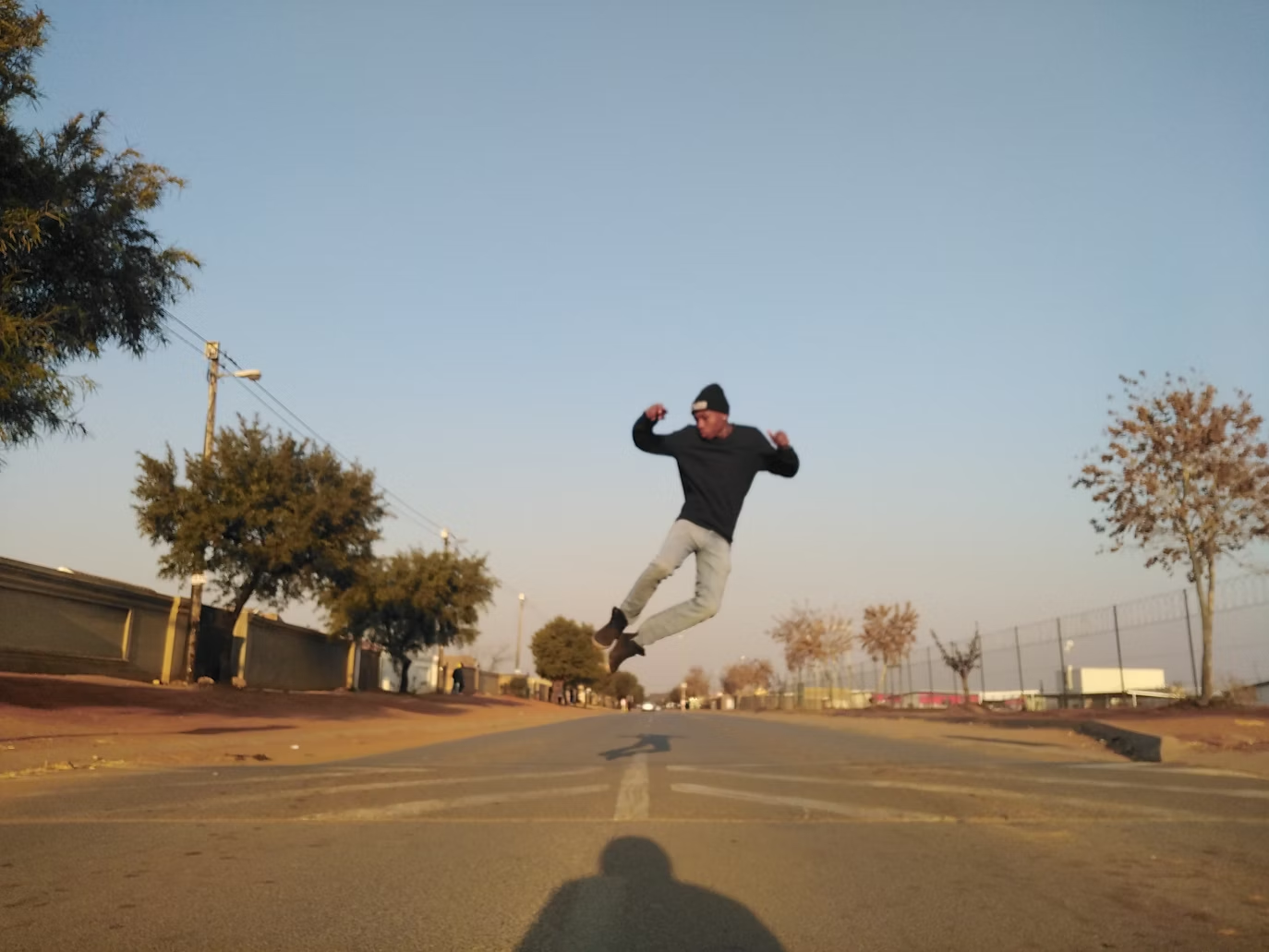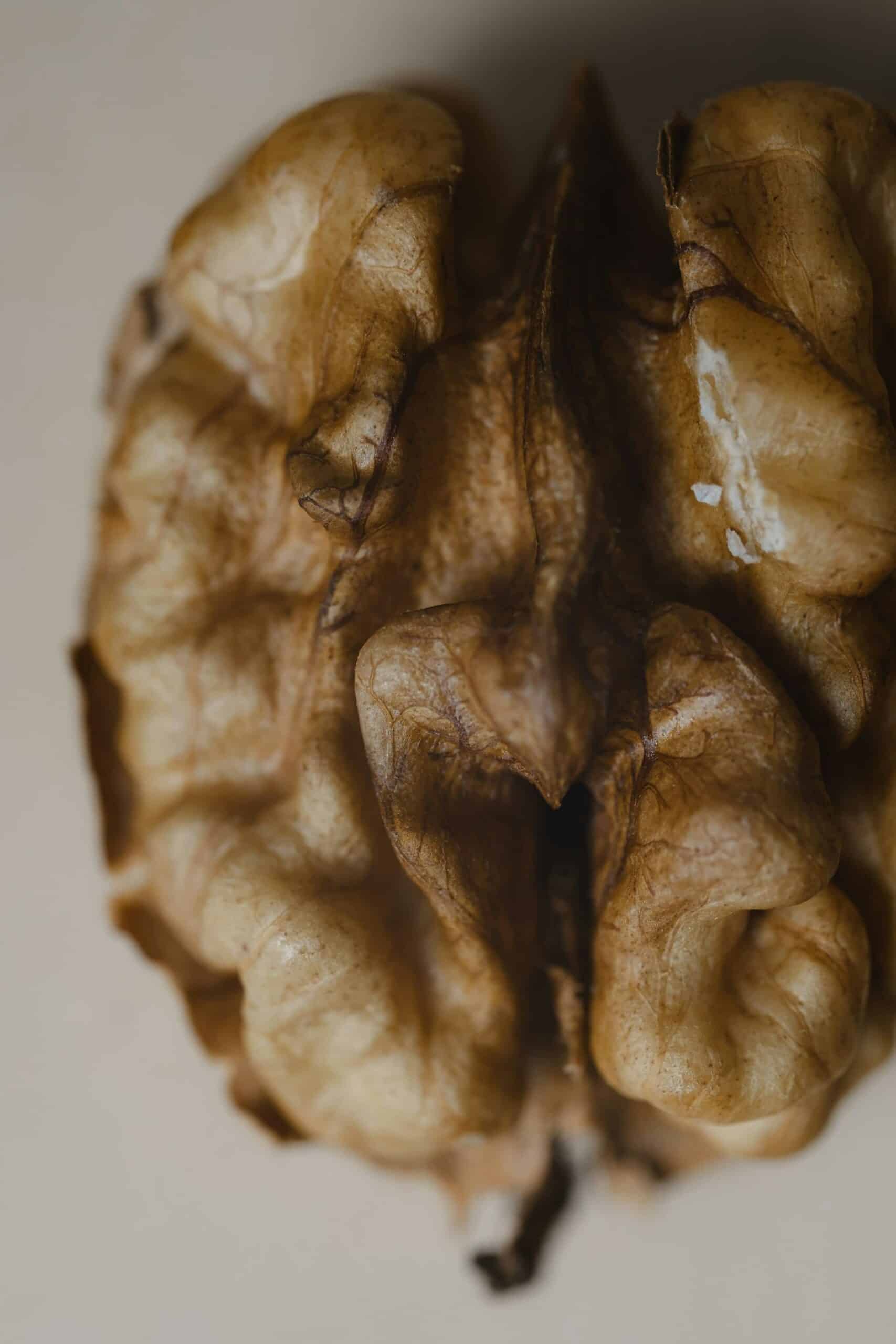
Hypermobility & Neurodivergence
Emerging research shows meaningful links between hypermobility, including GJH, HSD, and hEDS and neurodivergent ways of experiencing the world, such as autism, ADHD and tic expressions.
One large cross-sectional study found that in adults with neurodivergent assessments, about 51% had hypermobility vs about 20% in the general population. Moreover, hypermobility was significantly correlated with more frequent musculoskeletal pain and symptoms of dysautonomia (like dizziness when standing). PubMed+1 Another study of children (ages 6-18) with HSD or hEDS in a pediatric clinic showed 16% had a verified ADHD assessment (with some more under investigation), and ASD was present in about 6% of that group. Children with co-occurring ADHD also had more fatigue, sleep issues, and urinary tract symptoms. PubMed
Another study of autistic children aged 2-17 found nearly 60% showed “abnormal increased mobility” using the Beighton scale. In that same sample, hypermobility tended to decline with age and was inversely correlated with height, weight, and BMI. PubMed
These findings suggest not just co-occurrence but possible shared biological pathways, connective tissue differences, proprioceptive and interoceptive processing, autonomic nervous system regulation, that might underlie both physical and neurological symptoms. icns.es+1
Actionable Steps
-
Routine screening for hypermobility in neurodivergent assessments
When assessing ASD, ADHD or related conditions, include standard hypermobility checks (e.g. Beighton score) and queries about joint pain, clumsiness or autonomic symptoms. Early detection helps tailor care plans. -
Multidisciplinary care teams
Because hypermobility often brings pain, autonomic dysfunction, sleep disturbance, and proprioceptive challenges, management should involve not only neurologists or psychiatrists but also rheumatologists/ connective tissue specialists, physiotherapists, and occupational therapists. -
Adapted therapeutic strategies
-
Physiotherapy focused on joint stability, proprioceptive training and controlled strengthening rather than heavy strain.
-
Autonomic symptom management (hydration, compression, gradual positional changes).
-
Sensory-integration or motor coordination support for neurodivergent persons with hypermobility to address self-regulation, balance, and movement discomfort.
-


